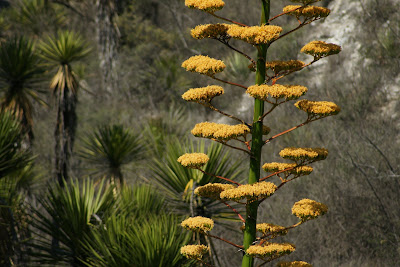PRAYER FOR THE DIGNITY OF MAN ... 
"No I have neither given nor face, nor any place that is properly yours, nor is any particular gift you, O Adam, to your face, your place and your gifts, you who want them, and conquer them The thereby possess yourself. Nature simply has to other species within established laws for me. But you, whom nothing limited by your own will, in whose hands I have given you, you define yourself. I placed in the middle of the world so you could look into what the world contains. I have not made nor blue, nor earth, neither mortal nor immortal, in order to free yourself, the way of a good painter or a sculptor working, auction your own way ": PICO Mirandola.
Quoted as the epigraph of the book "Opus nigrum" by Marguerite Yourcenar.
Photo: Monique.
Location: Laguna de achicha, Puebla, Mex.
 Arrival ...
Arrival ...  out! we all fall down ...
out! we all fall down ...  Stability ...
Stability ...  Communion: Duck diving and Monique ...
Communion: Duck diving and Monique ...











 A column-trajani Cephalocereus or "white thistle" lives about 140 years.
A column-trajani Cephalocereus or "white thistle" lives about 140 years. 





 Gracious desert.
Gracious desert. 



 Silent .... sorry
Silent .... sorry 


























































